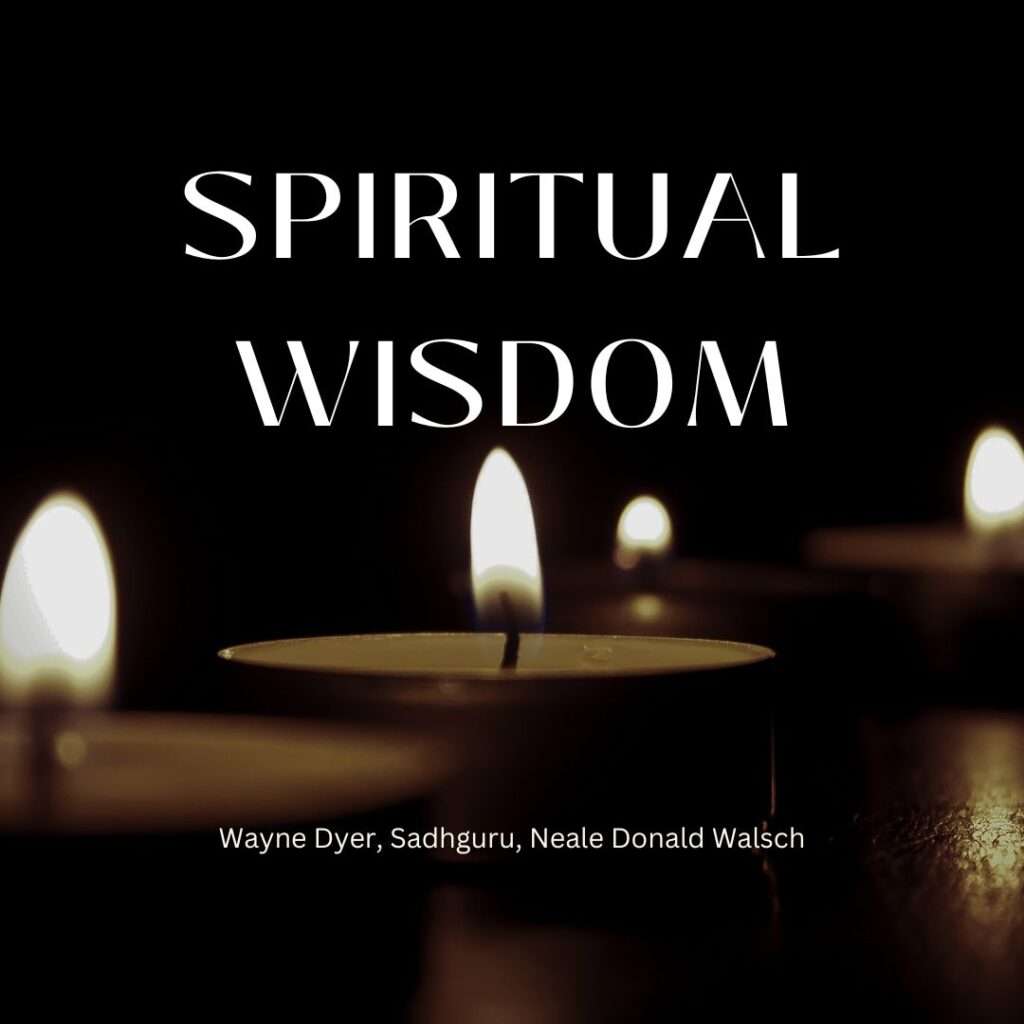How to start a Soulful Journey: Navigating the Depths of Spirituality in the Modern Age!
Spiritual Journey In today's fast-paced, hyper-connected world, the yearning for a deeper connection to something beyond the material realm has never been stronger. This yearning is the spark that ignites…






